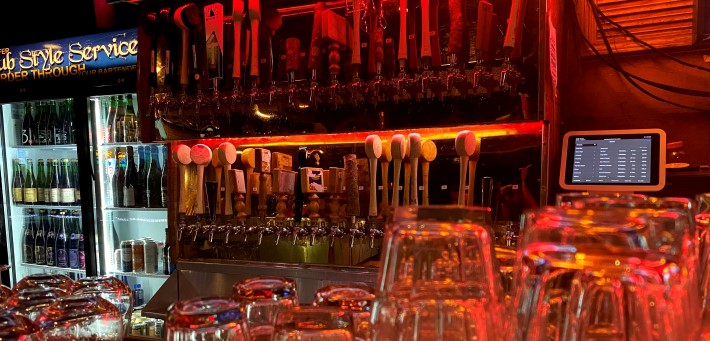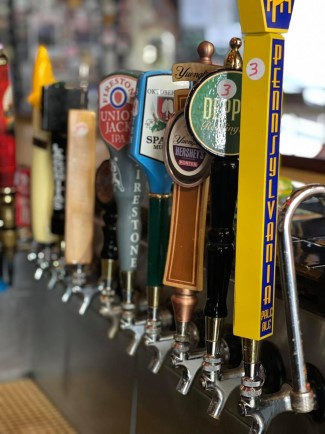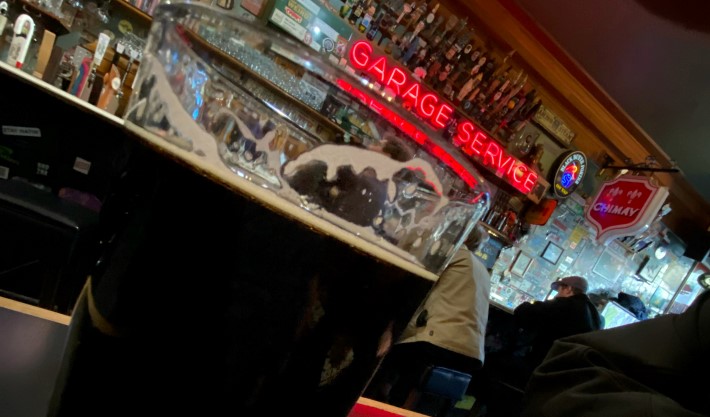It seems Twitter has a new algorithm designed to show me every photo posted of Sierra Nevada Celebration Ale. A week or so ago those were often followed by comments from others who seemed to be suffering FOMO because the beer was not yet in their market. This was still October. Were they really worried there would be a Celebration shortage?
This isn’t 1995. Sierra Nevada Brewing makes five times more beer annually than in 1995, with capacity to produce even more. Because priority No. 1 was always to fulfill demand for Sierra Nevada Pale Ale, in 1995 the brewery decided to produce only 35 percent of the Celebration they’d need to “satisfy everybody,” and did not ship it east of the Rockies.
Fans took extreme measures to get some. Ken Fichera, a Brooklyn accountant, used his frequent flyer miles to fly from JFK International Airport to San Francisco and back in the same day to pick up four cases of Celebration. (You remember when we all could just wander onto a plane with a case of beer and put it in the overhead bin, right?)
And when beer drinkers in California learned that only 140 barrels of Bigfoot Barleywine-Style Ale would be brewed in 1996, compared to 11,000 in 1995, they were on the road.
Ken Papai and Charlie Gow, two Bay Area residents, made two road trips to Sierra Nevada’s Chico home to buy Bigfoot. In the first, they formed a three-car caravan with Dan Brown. “Dan couldn’t wait,” Papai said, and as a result, Brown was pulled over by a state police officer, although he didn’t receive a ticket.
Two weeks later, Papai and Gow realized they needed more beer — most of it was earmarked for friends across the country — and headed north again, this time in the same car.
After they filled the car with beer and had a few pints at the pub, they tried to take a shortcut during the 200-mile drive home, missed a turn and ended up stuck in the mud in a wildlife preserve. (Papai’s longer version of this story was quite entertaining, but the tl;dr version is that Gow passed a sobriety test, and the car was towed from the mud.)


 Does the draft selection need to be “better” than the Northeast Taproom in Reading? When Pete Cammarano bought the place in 1983 the draft choices were Budweiser and Schmidts. By the time “Bars of Reading” was published five years later Pete offered the best beer selection in Berks County. Authors Suds Kroge and Dregs Donnigan wrote, “Pete is the answer . . . but we forget the question.”
Does the draft selection need to be “better” than the Northeast Taproom in Reading? When Pete Cammarano bought the place in 1983 the draft choices were Budweiser and Schmidts. By the time “Bars of Reading” was published five years later Pete offered the best beer selection in Berks County. Authors Suds Kroge and Dregs Donnigan wrote, “Pete is the answer . . . but we forget the question.”